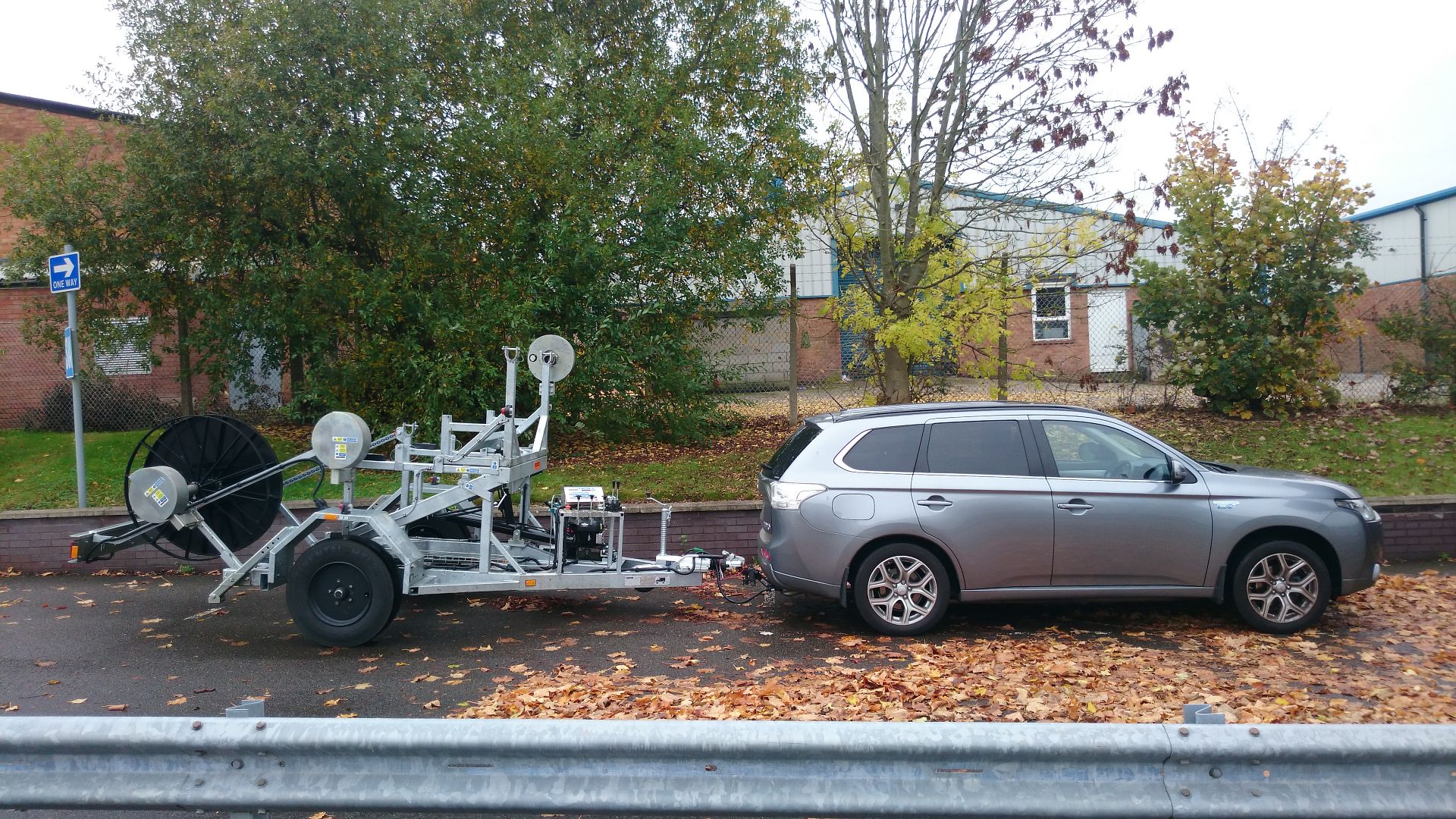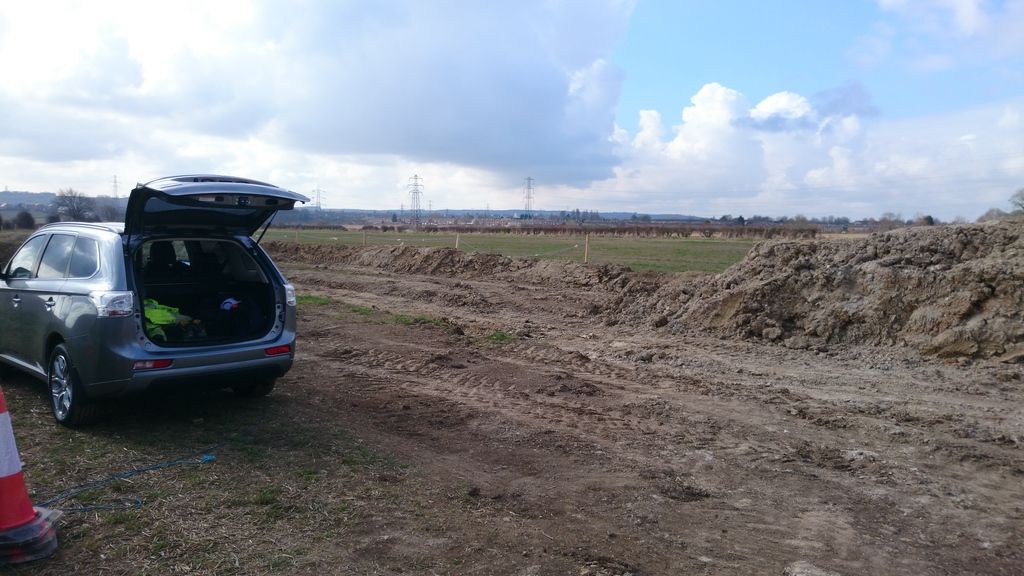Hired a caravan for the week last week to get some experience and see if we enjoyed it and also to try out the PHEV for towing.
I have to admit it wasn't the best experience from a towing point of view, admittedly we were at the limits of the claims for the PHEV, the caravan was 1475kg fully loaded, roof box on and 5 people in (although 2 were children)
The drive was all on relatively flat motorway and kept the charge button pressed all the time. The SOC gradually reduced through the journey, looking at what the car was doing it was swapping between running on Engine only and Engine and Battery feeding the wheels. Eventually the car got to the point when its SOC had reduced so far that the car moved to the mode where the engine feeds the battery and the battery feeds the wheels. All of the journey was at a steady 60mph with no traffic (surprisingly) so the car had no opportunity to recharge the battery in stationary or slow moving traffic.
The tortoise did appear at the end of my way there but didn't on the way back either because I set the speed to 56mph on the way back or we hit a bit of traffic at the end which recharged the battery. Fuel consumption was about 18mpg on the trip, less worried about this as its all company fuel.
Interested in other peoples towing experience to see if we decide to buy a caravan I am going to have to change the car.
Ian
I have to admit it wasn't the best experience from a towing point of view, admittedly we were at the limits of the claims for the PHEV, the caravan was 1475kg fully loaded, roof box on and 5 people in (although 2 were children)
The drive was all on relatively flat motorway and kept the charge button pressed all the time. The SOC gradually reduced through the journey, looking at what the car was doing it was swapping between running on Engine only and Engine and Battery feeding the wheels. Eventually the car got to the point when its SOC had reduced so far that the car moved to the mode where the engine feeds the battery and the battery feeds the wheels. All of the journey was at a steady 60mph with no traffic (surprisingly) so the car had no opportunity to recharge the battery in stationary or slow moving traffic.
The tortoise did appear at the end of my way there but didn't on the way back either because I set the speed to 56mph on the way back or we hit a bit of traffic at the end which recharged the battery. Fuel consumption was about 18mpg on the trip, less worried about this as its all company fuel.
Interested in other peoples towing experience to see if we decide to buy a caravan I am going to have to change the car.
Ian




